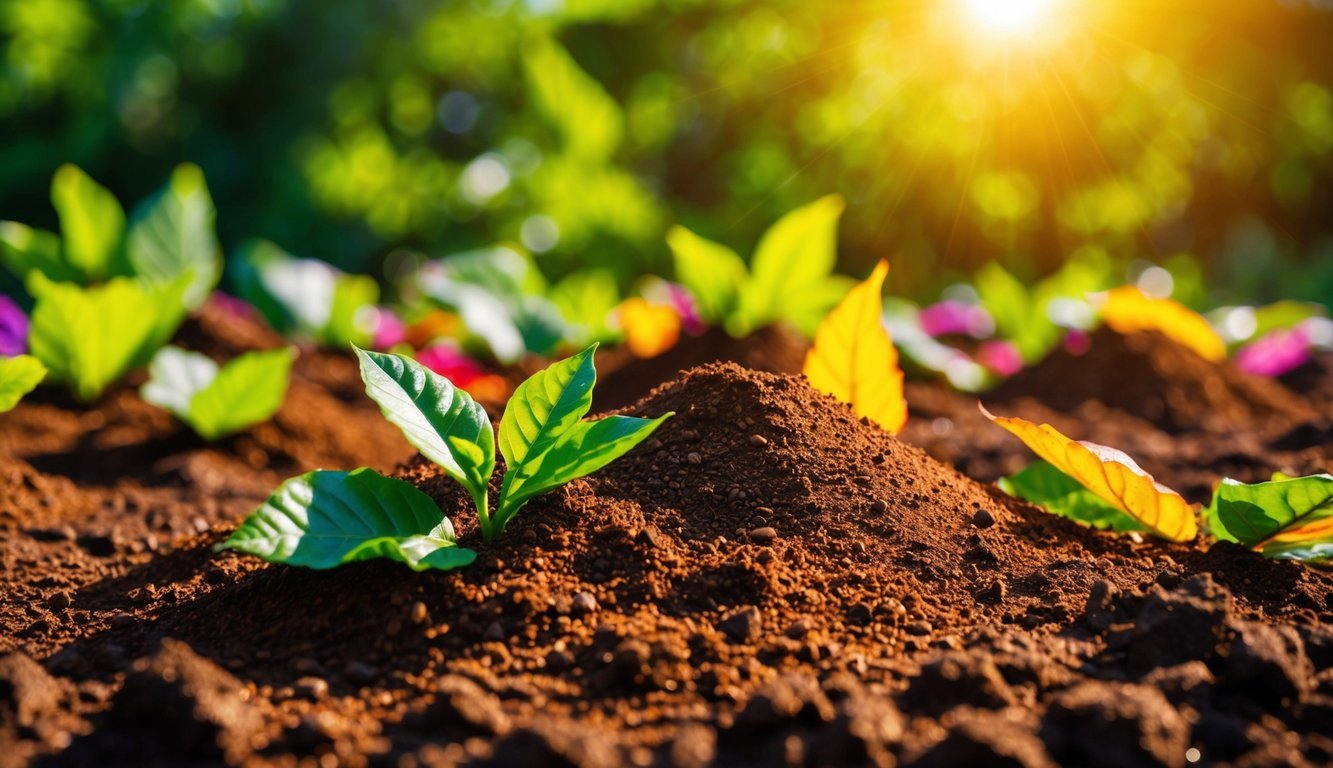
Transforming Coffee Grounds into Fertilizer for Houseplants
Do you often end up with leftover coffee grounds after your morning brew? If you’re an indoor gardening enthusiast, you’ll want to know how to harness these leftovers for the benefit of your plants.
Gardening expert Matt Dursum shares some practical tips on integrating coffee grounds into your houseplant care routine.
Coffee grounds aren’t just waste; they are packed with nutrients like nitrogen, triglycerides, and beneficial fatty acids.
These nutrient-rich remnants can aid in battling plant diseases and deterring certain pests.
However, myths abound regarding coffee grounds, such as their supposed acidity, the nitrogen content in fresh grounds, and the effects of caffeine on plants.
Understanding the truth about coffee grounds will help you see how easy and rewarding it is to use them in your gardening practices.
Ready to put those coffee grounds to good use?
Here’s how to do it effectively:
After brewing your daily cup of coffee, don’t toss the grounds.
Instead, save them.
For the best results in fertilizing your plants, stick with plain black coffee grounds, as flavored varieties can contain additives that won’t benefit your plants.
Set up a designated container next to your coffee maker or trash bin to catch those used grounds effortlessly.
Not a Coffee Drinker?
If you’re not keen on coffee yourself, don’t worry.
Local cafes and restaurants often have plenty of used grounds they’re happy to part with—just ask!
Compost Your Coffee Grounds
To unlock the full potential of coffee grounds, composting is highly recommended.
This process allows microorganisms to break down the grounds, converting them into nutrient-rich material that your plants can easily access.
- Blend coffee grounds with a variety of other compostable items, such as leaves, grass clippings, and kitchen scraps.
Aim for a mix that keeps coffee grounds below 20% of your compost to maintain nutritional balance.
- If you have a worm bin, your earthworms will thrive on coffee grounds! Just introduce them slowly to keep your worms happy and healthy.
- Make it a habit to mix your compost regularly; this helps with aeration and ensures even decomposition.
- Keep adding organic waste and mixing until your compost reaches a dark, rich state.
In smaller systems, like a Bokashi Kitchen Composter, you could have nutrient-dense compost ready in four to six weeks.
Not all houseplants respond the same way to fertilization.
Some, like orchids, flourish with nutrient-rich fertilizers, whereas others require lighter feeding.
Flowering indoor plants, such as peace lilies and kalanchoe, generally thrive on regular nutrient inputs.
Once your compost is ready, it’s time to share the wealth with your plants.
Start by applying small amounts weekly or bi-weekly, depending on the plant type, and ensure the compost is evenly spread without forming clumps.
During the late spring and summer months, watch for signs of strong growth among your houseplants.
Keep a record of how much compost each plant receives to gauge their response effectively.
Be on the lookout for symptoms of over-fertilization, which can manifest as yellowing leaves, wilting, browning leaf edges, stunted growth, or even leaf drop.
Natural Pest Control with Grounds
Beyond their fertilizer capabilities, used coffee grounds can serve as a natural barrier against pests.
Slugs and ants, for instance, often shy away from areas sprinkled with coffee grounds.
Using coffee grounds as fertilizer is not only an eco-friendly choice but also a budget-friendly way to nourish your indoor plants.
Composting the grounds first allows helpful microorganisms to enhance the nutrient content, making it easier for your plants to absorb what they need.
By incorporating these simple strategies into your plant care routine, you can turn a kitchen byproduct into a powerful ally for your houseplants.
Enjoy making the most of this accessible resource!
Source: Epic Gardening

